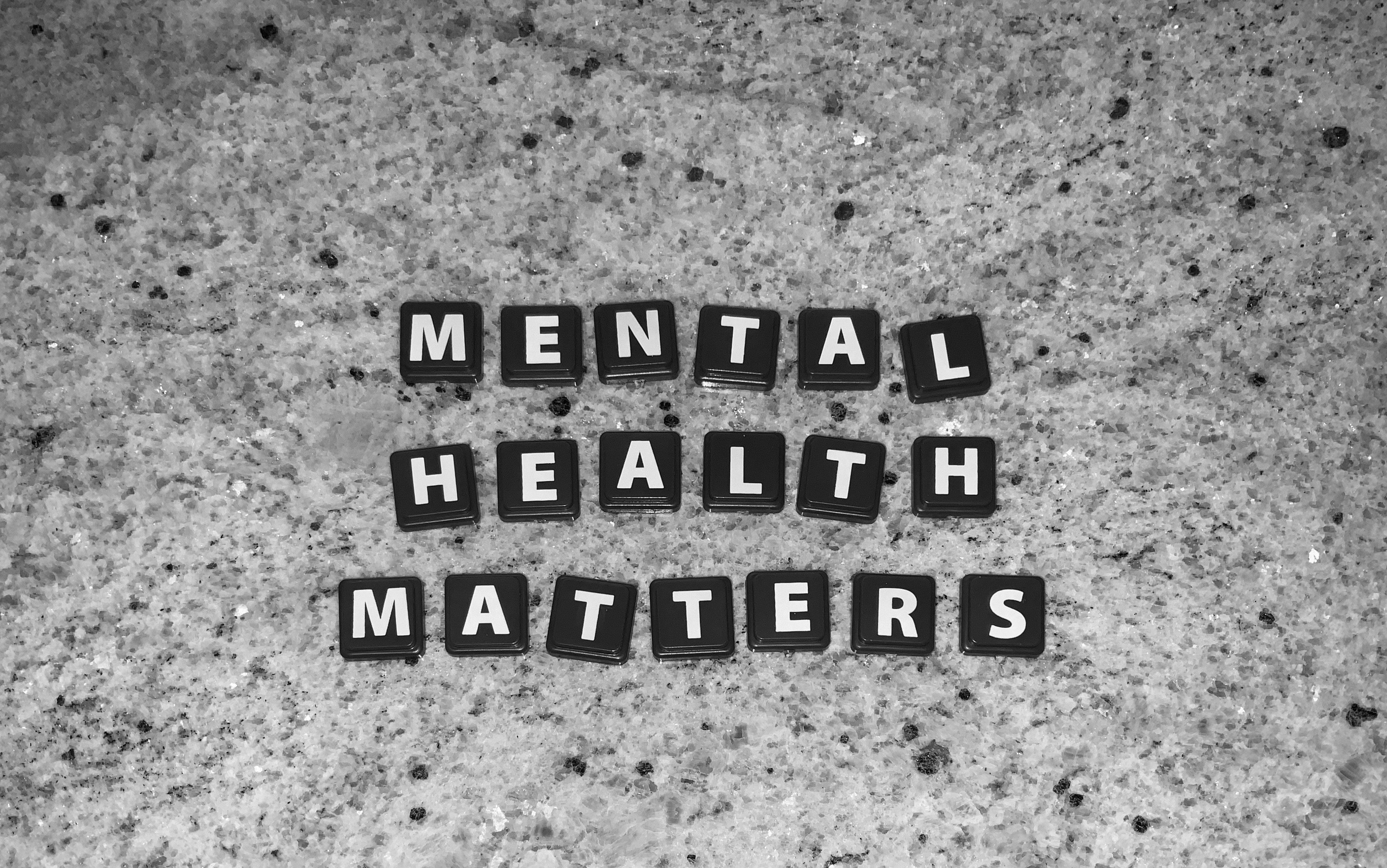Understanding the Silent Struggle: A Look into Living with Anxiety
Anxiety disorder is one of the most common mental health conditions around the globe, affecting millions of people. It's a silent struggle, often hidden behind everyday routines, smiles, and seemingly normal behavior. This mental health condition is usually underplayed, misunderstood, and often stigmatized. This article will delve into the world of anxiety, explaining its historical context, current relevance, the impact it has on individuals and society, as well as unique insights that can be derived from it.

The Historical Context of Anxiety
The history of anxiety as a medical condition dates back to the ancient Greeks. They referred to it as “melancholia” and believed it was caused by an imbalance of bodily fluids. However, it wasn’t until the 19th century that anxiety started to gain recognition as a distinct psychological condition. Sigmund Freud, the father of psychoanalysis, played a key role in this recognition, identifying anxiety as a key symptom in many mental health disorders.
Throughout the 20th century, mental health professionals continued to refine their understanding of anxiety, separating it into various subtypes such as generalized anxiety disorder, panic disorder, and social anxiety disorder. This classification made it easier for professionals to diagnose and treat these conditions, leading to improved outcomes for many patients.
The Prevailing Prevalence of Anxiety Today
The World Health Organization estimates that almost 300 million people worldwide suffer from an anxiety disorder. This makes it one of the most widespread mental health conditions globally. The prevalence has only increased over time, mainly due to increasing stress levels in modern societies and better diagnostic capabilities.
Anxiety disorders are now recognized as serious medical conditions that can have profound effects on an individual’s life. They can cause significant distress and interfere with a person’s ability to perform daily tasks, maintain relationships, and enjoy life. Despite this, many people living with anxiety do not seek help due to the stigma associated with mental health conditions or lack of access to mental health services.
The Impact of Anxiety on Individuals and Society
Anxiety disorders can significantly impact individuals and society. For individuals, anxiety can result in debilitating physical symptoms such as rapid heart rate, shortness of breath, and nausea. It can also lead to persistent feelings of worry, fear, and a constant sense of impending doom. All these can cause substantial impairment, affecting a person’s relationships, work, and overall quality of life.
When scaled up to the societal level, the costs of anxiety disorders are significant. They result in increased healthcare costs due to frequent hospital visits, medication, and therapy. Additionally, they contribute to lost productivity as individuals struggling with anxiety often miss work or find it difficult to perform at their best.
Debunking Myths and Misunderstandings about Anxiety
Despite its prevalence, many misconceptions about anxiety persist. Some people mistakenly believe that anxiety is simply a sign of weakness or a character flaw. However, anxiety disorders are complex conditions that often involve a combination of genetic, biological, and environmental factors.
Another common myth is that anxiety is something that people can easily overcome with willpower alone. In reality, managing anxiety often requires professional help, including psychotherapy and medication. While self-care strategies and lifestyle changes can help manage symptoms, they are typically not sufficient for individuals with severe anxiety disorders.
The Power of Understanding and Empathy
Understanding and empathy play a crucial role in supporting individuals living with anxiety. Recognizing the signs of anxiety, offering non-judgmental support, and encouraging professional help can make a world of difference to someone struggling with this condition. Society also plays a part in creating a more inclusive and understanding environment for people living with mental health conditions.
In conclusion, anxiety is a widespread condition that significantly impacts individuals and societies. While much progress has been made in understanding and treating anxiety, there is still a long way to go in terms of reducing stigma and improving access to mental health services. Through continued research, education, and empathy, we can hope for a future where living with anxiety is no longer a silent struggle.




